This week, Amazon Prime Day and Walmart Deals two major promotions launched simultaneously on July 8 for an unprecedented time, and the two major retail giants in the United States are about to fight head-on.
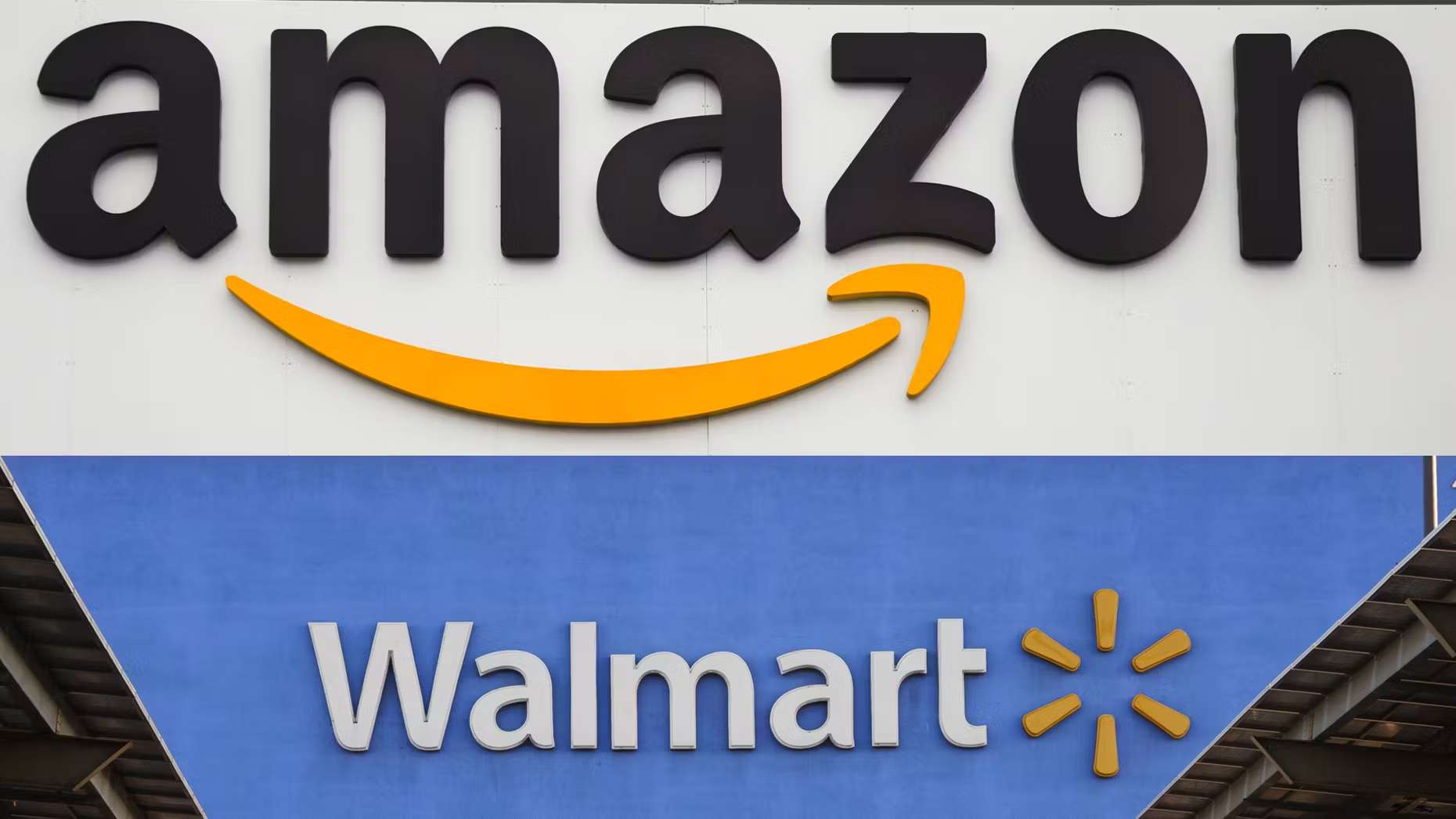
Specifically, Amazon extended Prime Day from 48 hours to 96 hours for the first time (July 8-11), Wal-Mart launched a six-day promotion (July 8-13), and integrated 4600 physical stores across the United States for the first time. The scale of this omni-channel collaboration set a retail record.
Amazon fights back on defense
It is understood that Amazon's Prime Day was founded in 2015 and is one of the most important resident promotional festivals on Amazon's shopping website throughout the year.During Prime Membership Day in 2023, Amazon Prime members purchased more than 375 million items worldwide. With record-breaking sales performance, the first day of the event became the highest single-day sales day in Amazon history.
However, since the founding of Prime Day, although the platform still accounts for more than 40% of online sales in the United States, Wal-Mart's e-commerce still maintained a 20% growth based on its US$79 billion sales last year, and online product inventory has increased from 200 million in two years. The number has soared to 500 million, and digital investment has achieved remarkable results-in the face of a digitally empowered Wal-Mart, Amazon feels threatened.
Starting in June this year, Amazon began piloting a "promotional fee reform" plan, changing the coupon charging model from a fixed US$0.6/order to "US$5 prepayment +2.5% sales share", and the cost of high-priced goods has soared by 230%.However, this method did not achieve very good results, and was instead interpreted as using fee leverage to force sellers to cut prices in response to the impact of low-priced platforms such as Temu and Shein.
In response, in 2025, Prime Day adjusted its dates to benchmark competing products for the first time since its establishment and extended its activities to combat traffic diversion.
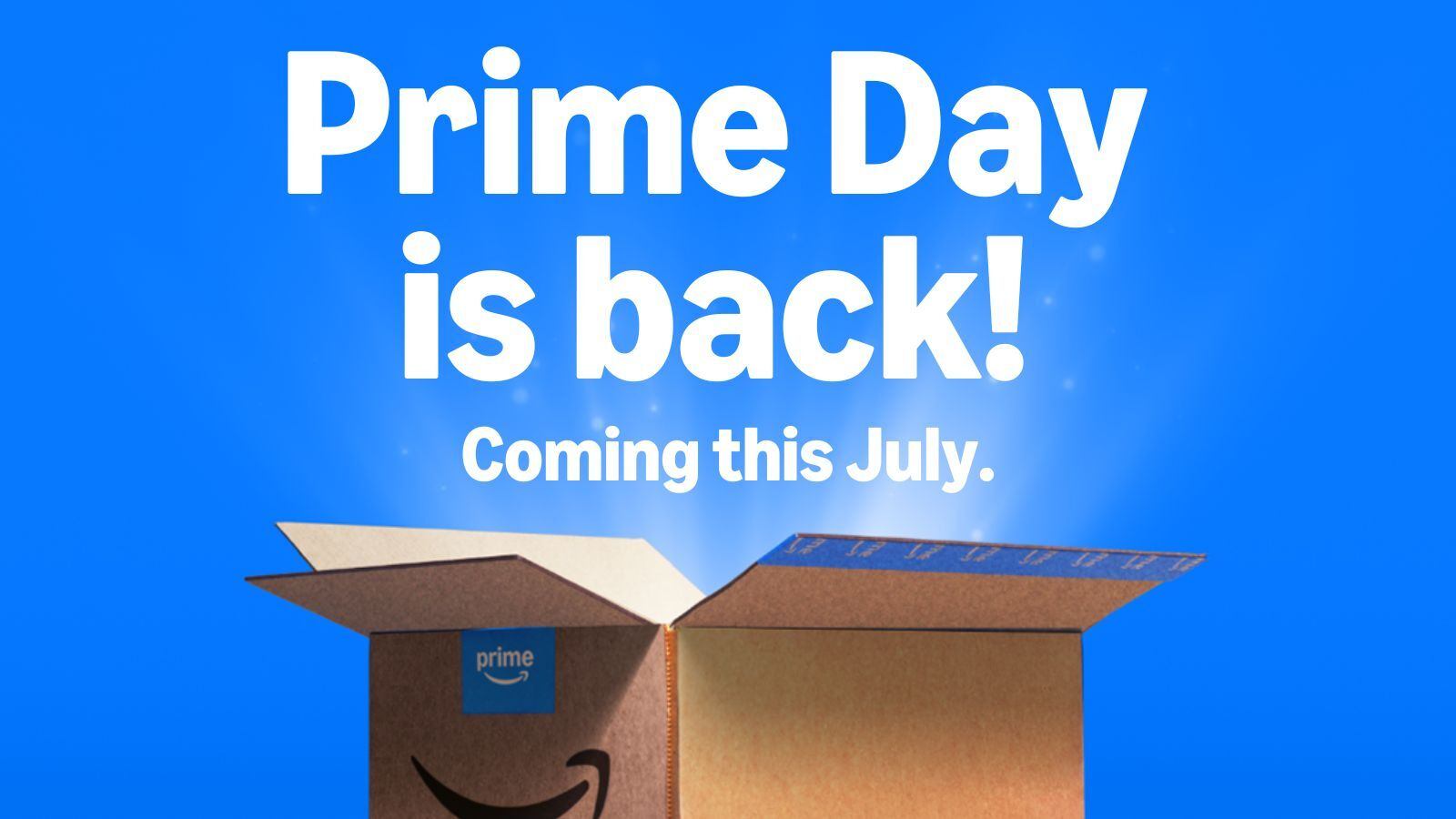
Wal-Mart launches offensive "slowly"
Wal-Mart launches the offensive with its omni-channel synergy advantages.
As a retail giant, the company has continuously deployed logistics in recent years and has transformed 4600 stores into "online drainage + offline delivery" hubs, solving the last mile cost pain point of e-commerce.This model has proven its results in the second quarter of fiscal year 2025: same-store sales in the United States increased by 4.2%, of which purchase frequency contributed 3.6 percentage points, confirming that the omnichannel strategy effectively improves user stickiness.
Business strategy is more sophisticated.Unlike Amazon's closed ecosystem, Wal-Mart adopts an open membership strategy-Walmart+ members only need to snap up 7 hours in advance, and promotions are open to non-members as a whole. This strategy is more likely to attract price-sensitive consumers during the economic downturn.Its supply chain localization advantages cannot be ignored: when some Amazon third-party sellers withdrew from promotions due to Trump's tariff policy, Wal-Mart claimed that two-thirds of its goods were produced in the United States, quickly filling the market gap and enhancing consumer confidence.
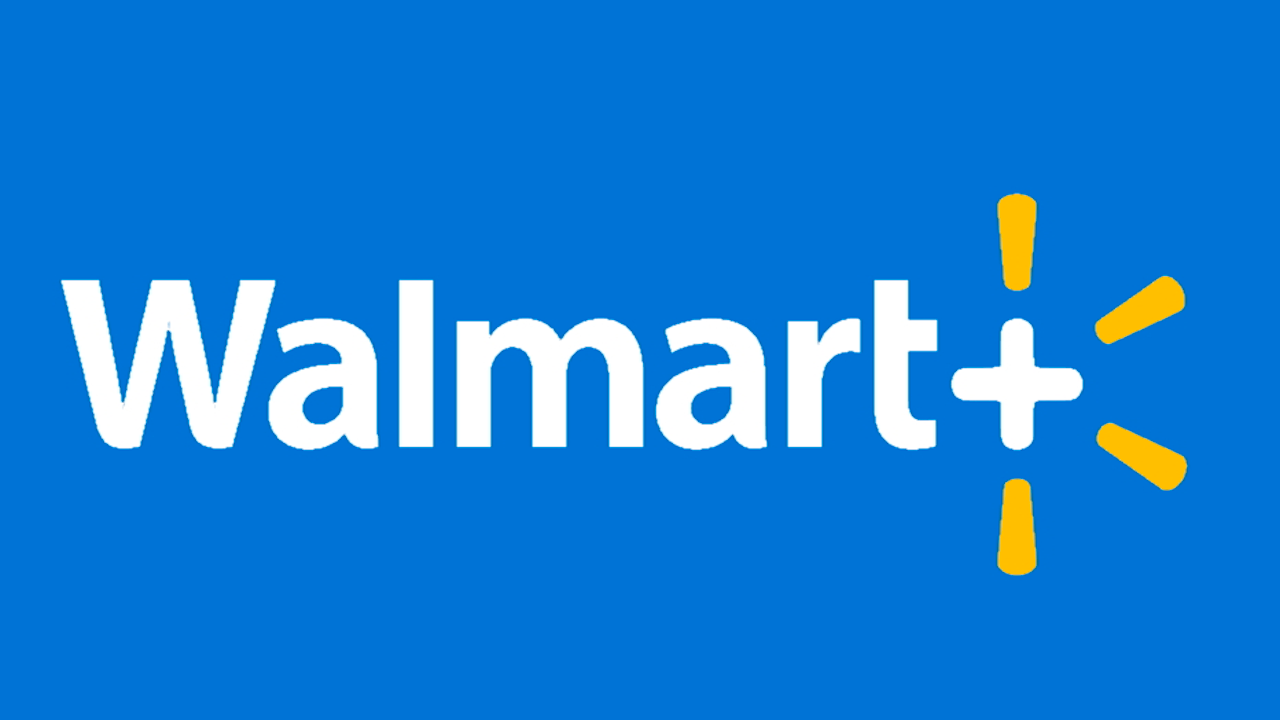
Third-party sellers have begun to "stand by"
Under Amazon's new fee model, the price of US$24 has become a watershed for customer unit prices. Goods below this price can still dilute costs through impulse, while high-priced goods are forced to seek alternative platforms.Affected by this, Pattern, Amazon's largest seller, is tilting resources towards Wal-Mart's platform. Its e-commerce vice president bluntly said,"Platform competition has changed Amazon's behavior, and we have benefited from it."
At the same time, players such as TikTok Shop (July 7-19) and Target (July 6-12) took advantage of the promotional period to expand Prime Week into an industry-wide shopping season.Temu even launched gradient discounts from June 28, using a three-week event to compete for consumers with limited budgets.
American media called the battle between Amazon and Wal-Mart the "summer battle of retail."Currently, this battle has gone beyond short-term sales competition and evolved into a stress test of business model resilience.
Amazon's extension of Prime Day is actually using platform traffic as a bargaining chip, forcing sellers to trade profits for exposure. In its new profit formula "(discounted selling price-promotional fees-peak season surcharge) × conversion rate × exposure", every variable is eating away at sellers 'profit margins.Wal-Mart relies on its physical assets and domestic supply chains to build a buffer zone: its U.S. e-commerce operating losses narrowed in the second quarter, and the automation upgrade of its logistics center compressed the order process from 12 steps to 5 steps, which directly translates into price competitiveness.
Analysts said investors should pay attention to two key indicators: whether third-party seller participation during Prime Day is suppressed by the new fee policy, and the rate at which Wal-Mart store traffic translates to online-which will determine whether the six-day promotion can be transformed into a sustainable omnichannel advantage.
As of press time, Amazon's share price has approached a 52-week high (US$242.52), rising 46.7% in the past six months; Wal-Mart's share price is about US$98.50, with a return of 52% in the past year.
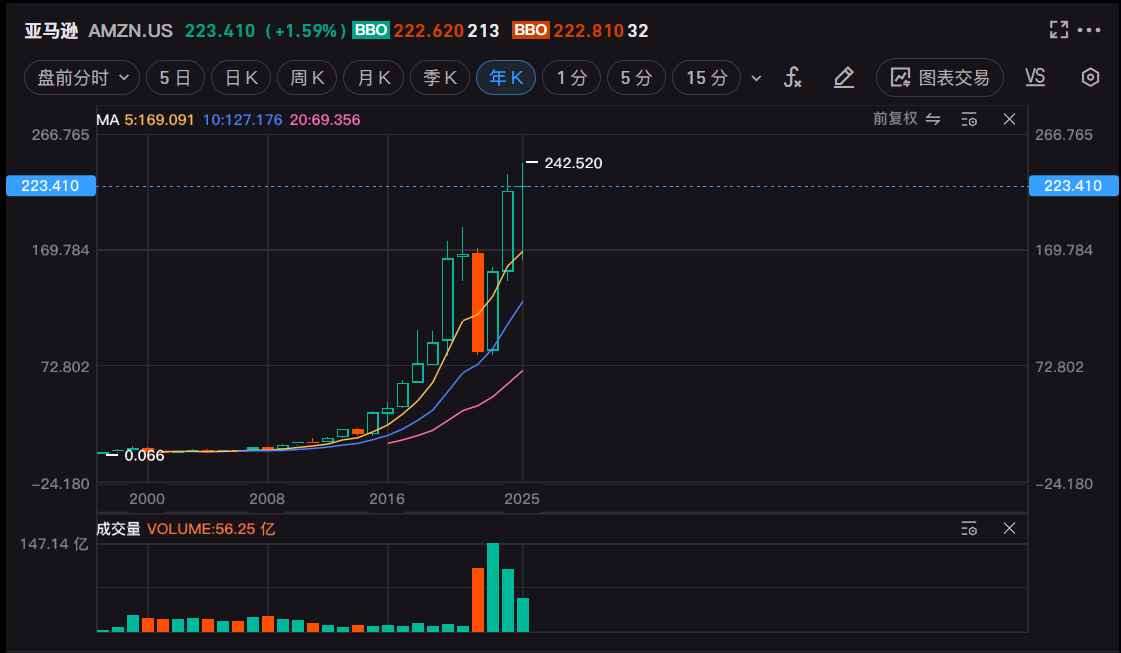
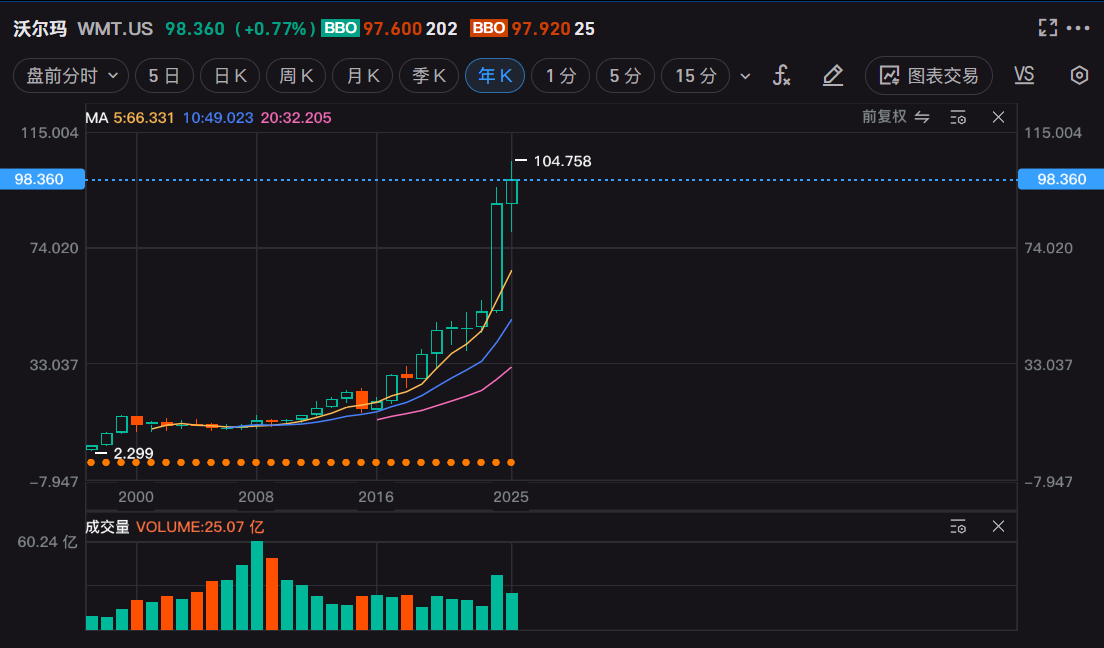
The following is an investment bank's analysis of Amazon and Wal-Mart for reference only:
Amazon:
- Goldman Sachs (Buy rating): Target price of $255, optimistic about AWS growth (Q4 year-on-year +19%) and AI capital expenditure benefits.InvalidParameterValue
- China Merchants Securities (increased holdings): Target price of US$270, emphasizing free cash flow improvement and cost efficiency.InvalidParameterValue
- Wells Fargo (holding shares on the sidelines): Target price of US$183, worried about short-term profit margin constraints and foreign exchange headwinds.InvalidParameterValue
Wal-Mart:
- Citi (Buy): Target price of US$120, recognizing e-commerce growth (+25% annually) and low-price strategic advantages.InvalidParameterValue
- DA Davidson (Buy): Target price of US$117, expected Q1 market share to expand and comparable sales to exceed expectations.InvalidParameterValue
- RBC (Outperforms): Target price of US$102, affirming its ability to resist tariffs and its 53 consecutive years of dividend payment record.InvalidParameterValue




